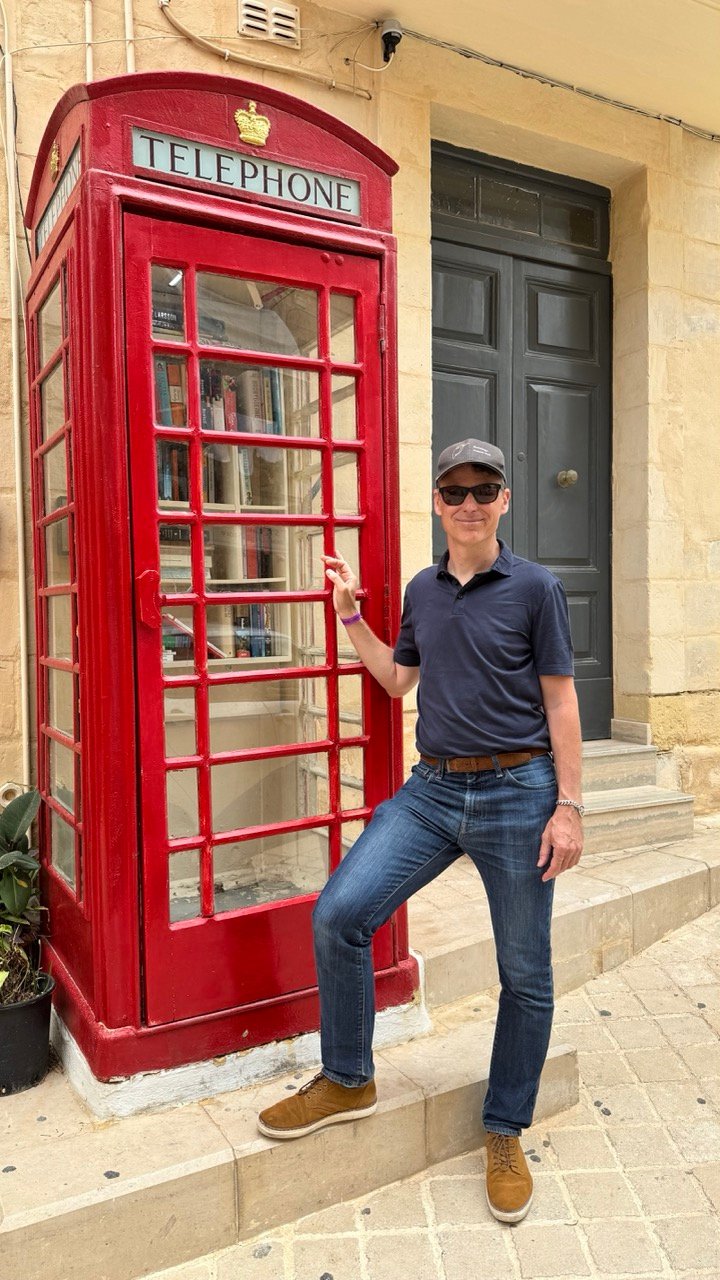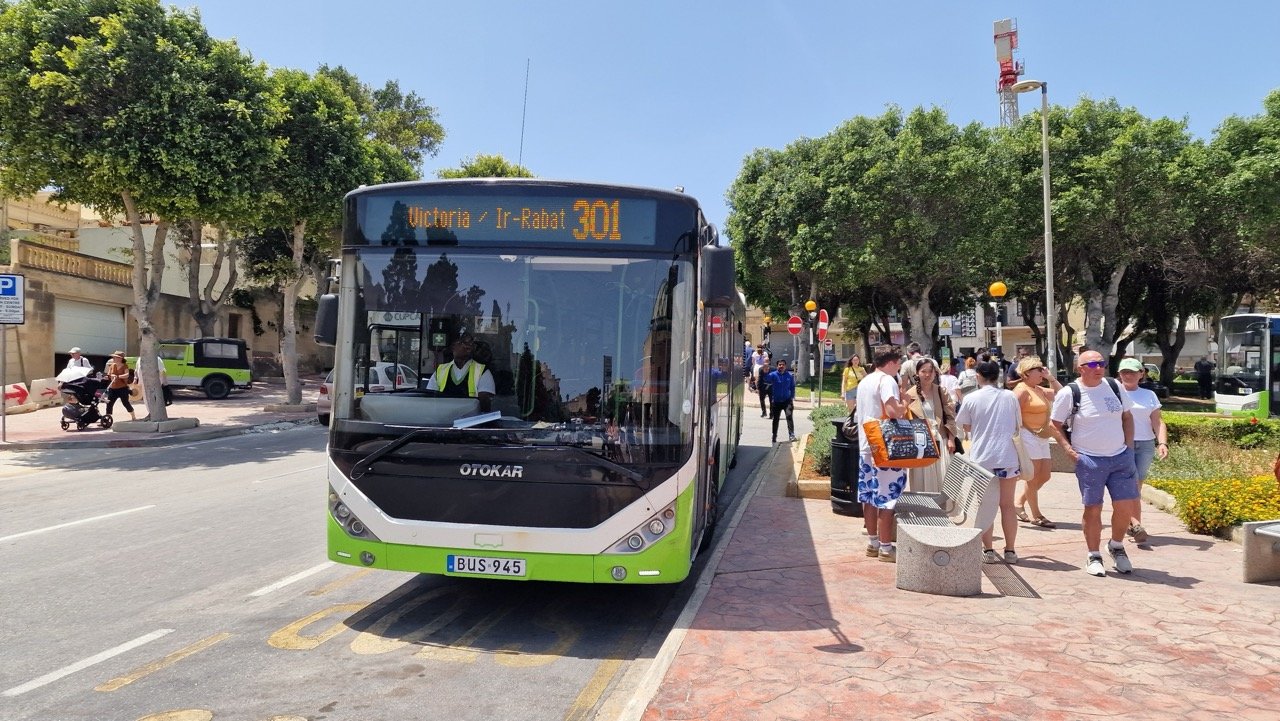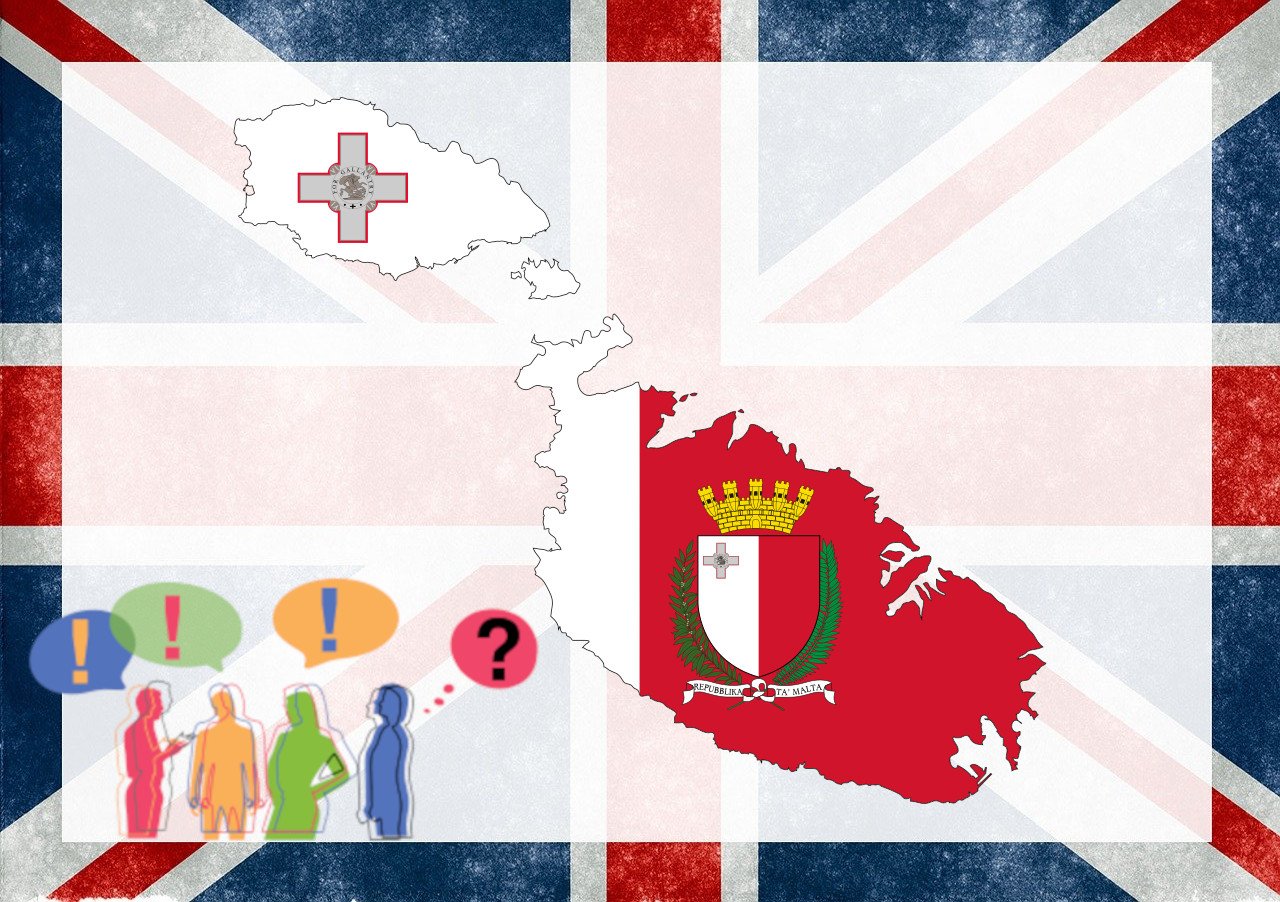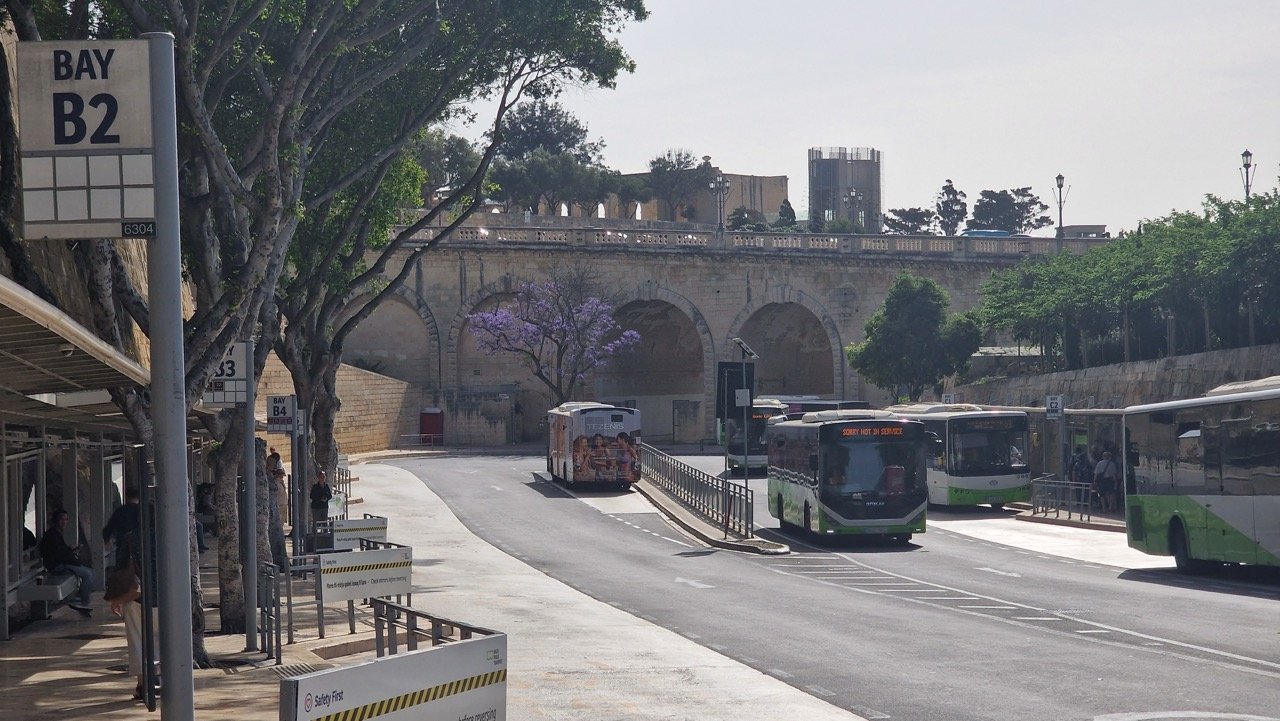I didn’t know much about Malta before, and as I mentioned in another article, I actually ended up here by accident. Since it was a British colony for 150 years, I imagined that everything would be leftover from that era. I expected to arrive in a poor and overlooked mini-England, frozen in time since colonial days.
Well, I was in for quite a surprise. Once you arrive, one of the last things you’d think is that this country ever had any real connection to the British. “Nothing” might be a stretch—but there’s very little that reflects that history. Malta has its own personality and charm, and that alone makes it worth visiting.
A Few Reminders from the British Era
I can literally count on one hand the things in Malta that faintly remind you of the British colonial period. And even then, most are just subtle echoes.
- Driving on the left. This one has definitely stuck. Cars have the steering wheel on the right and drive on the left. But beyond that, Malta doesn’t feel British at all.
- The iconic red phone booths. These are really just nostalgic landmarks now. There are no phones inside, no one uses them, and you won’t see them on every corner.
- The power outlets. Possibly the most annoying British legacy—especially for Europeans—is that Malta uses UK-style plugs. Even to charge your phone, you’ll need an adapter.
- The English language. Sure, everyone in Malta understands and speaks English. But it’s clearly not the dominant language in daily life. Locals speak Maltese with each other, and most signs are either bilingual or just in Maltese. Listen to conversations, read signs, and you’ll feel like you’re in a different country—not a place that feels any more English than other major tourist destinations around the world.
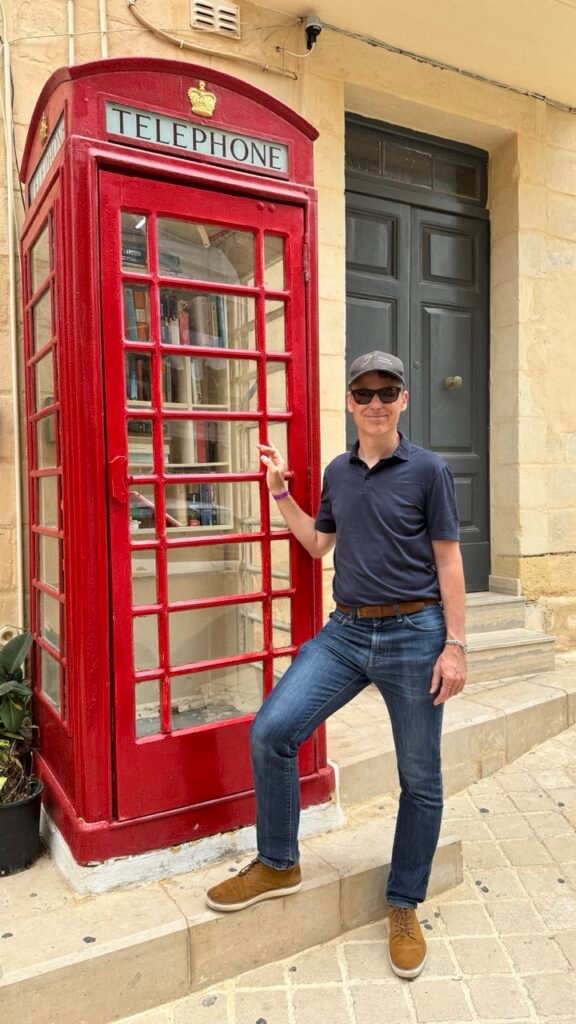
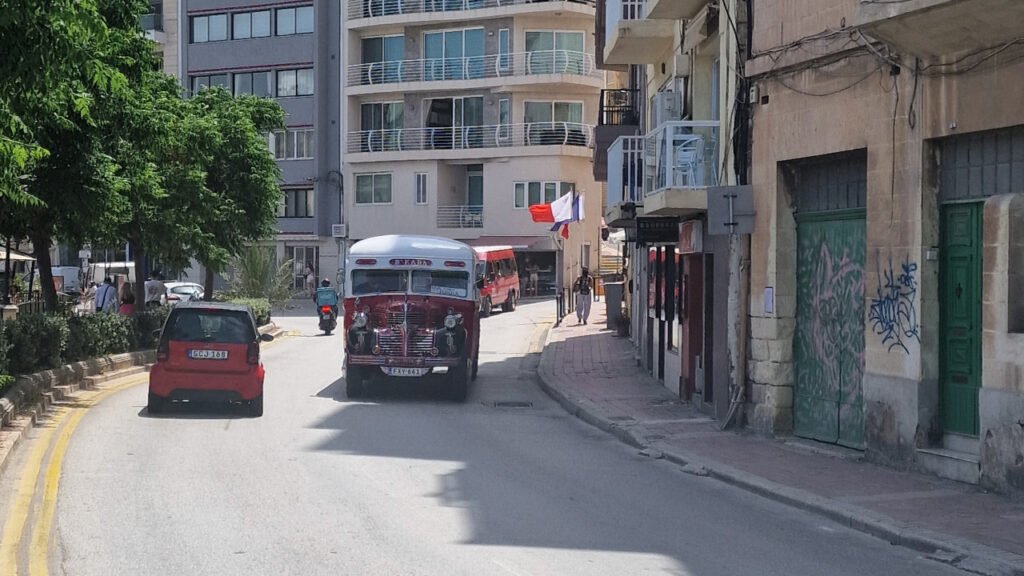
What’s Definitely Not British
If the language environment doesn’t feel British, just take a look at the architecture or everyday life.
Not even a single window or doorway looks remotely like something you’d find in England. Malta has its own architectural style, its own village layouts, its own traffic rhythm, and its own local pulse.
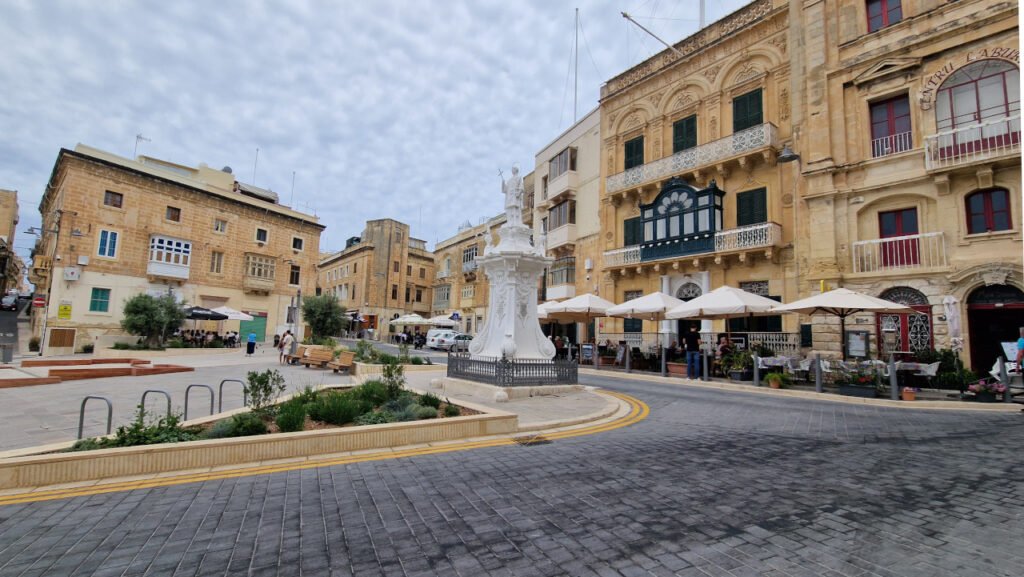
And it’s all distinctly Mediterranean. After all, we’re between Sicily and Africa—not across the English Channel—and you feel that in every breath and every beat of the country.
A little Italian, a little Arabic, very Maltese—and if it’s one thing it’s not, it’s definitely not British.
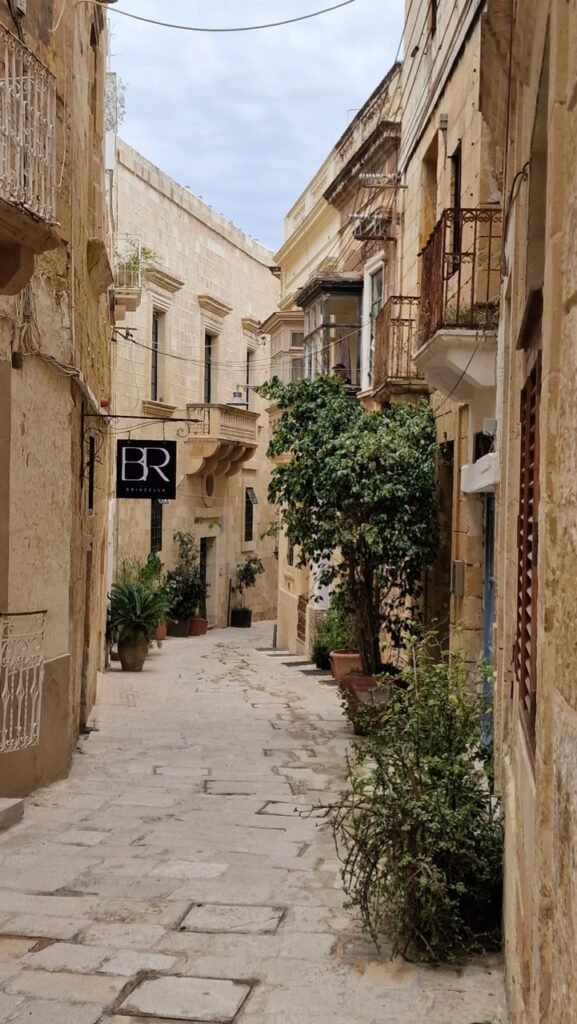
The iconic limestone buildings, the narrow, winding streets, and the cars that approach intersections with a polite but assertive style—all of it feels far more like southern Europe or North Africa than anything British.
Malta’s cuisine is also unique, full of Italian and Arabic influences, with incredibly flavorful dishes. And while you’ll find plenty of international restaurants here these days, trying the local food is a must.
And if you still had any doubts, just listen to the locals around you. Their conversations don’t even sound remotely British—not even with an accent. That’s because most of the time, they’re not speaking English at all. The Maltese language has such a distinct flavor that for a moment you won’t know if you’re in Italy or the Arab world—until you catch a few English words here and there and realize: yes, you’re in Malta.
So yes, Malta was a British colony for 150 years—but culturally, it has fully retained its independence. It’s a fascinating country, full of character and originality, with an Arab-Mediterranean energy—yet backed by the safety and infrastructure of the European Union. Skipping it would be a real loss.
